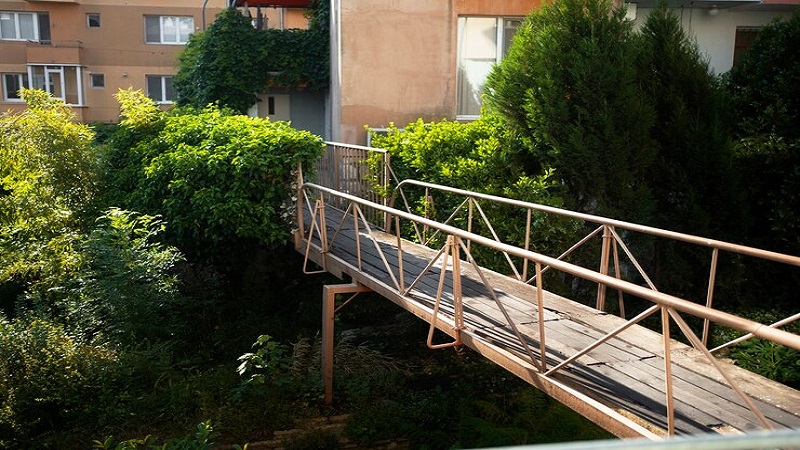In the world of green building, every detail matters when it comes to efficiency, sustainability, and optimizing space. Among the often-overlooked elements are wall mounted ladders, which offer a range of benefits that align perfectly with the principles of green architecture. Here’s why these seemingly simple structures are a valuable addition to modern, eco-friendly building designs.
Space Optimization
One of the most immediate benefits of wall mounted ladders is their ability to save space. Traditional ladders, whether freestanding or stored in closets, can consume significant floor area. Wall mounted ladders, on the other hand, are stored vertically against a wall, freeing up valuable floor space. This is particularly beneficial in smaller, more compact living areas or commercial spaces where every inch counts.
Enhanced Accessibility
Wall mounted ladders can be designed to provide easy access to high or hard-to-reach areas, such as overhead storage or maintenance spaces. This accessibility is crucial in green building designs, where efficient use of space and easy access to utilities are important for maintenance and energy efficiency. By integrating wall mounted ladders, you can ensure that these areas remain accessible without compromising on design or functionality.
Energy Efficiency
In green building, energy efficiency is a top priority. Wall mounted ladders can contribute to this by providing better access to areas where insulation or energy-efficient systems may be installed. For example, they allow easy access to attic spaces or high ceilings where HVAC systems or insulation may be located. By facilitating regular maintenance and inspection, wall mounted ladders help ensure that these systems operate at peak efficiency, contributing to overall energy savings.
Durability and Low Maintenance
Wall mounted ladders are typically built from high-quality, durable materials that can withstand regular use. This durability not only extends the lifespan of the ladder but also reduces the need for replacements and repairs, aligning with the green building principle of minimizing resource consumption and waste. Additionally, their design often requires less maintenance compared to traditional ladders, further reducing the environmental impact.
Aesthetic Integration
Modern wall mounted ladders are designed with aesthetics in mind, making them a stylish addition to green building designs. They can be customized to match the architectural style and interior design of a space, seamlessly blending in with the overall design. This integration helps maintain the visual appeal of green buildings while providing practical functionality.
Safety Considerations
Safety is a key concern in any building design. Wall mounted ladders, when installed correctly, can enhance safety by providing a stable and secure means of access. They can be equipped with safety features such as non-slip steps and sturdy mounting brackets to ensure user safety. Additionally, their wall-mounted design reduces the risk of tripping hazards commonly associated with traditional ladders.
Cost-Effectiveness
While the initial cost of wall mounted ladders may be higher than traditional ladders, their long-term benefits often outweigh the investment. The savings in space, energy efficiency, and reduced maintenance costs contribute to the overall cost-effectiveness of incorporating wall mounted ladders into green building designs. Over time, these benefits can lead to significant financial savings.
Conclusion
Wall mounted ladders are more than just a practical solution for accessing high spaces; they are a valuable addition to green building designs. By optimizing space, enhancing accessibility, contributing to energy efficiency, and providing durability and safety, they align perfectly with the principles of sustainability and efficiency in modern architecture. As green building practices continue to evolve, incorporating such innovative solutions will be crucial in creating functional, efficient, and environmentally responsible spaces.

